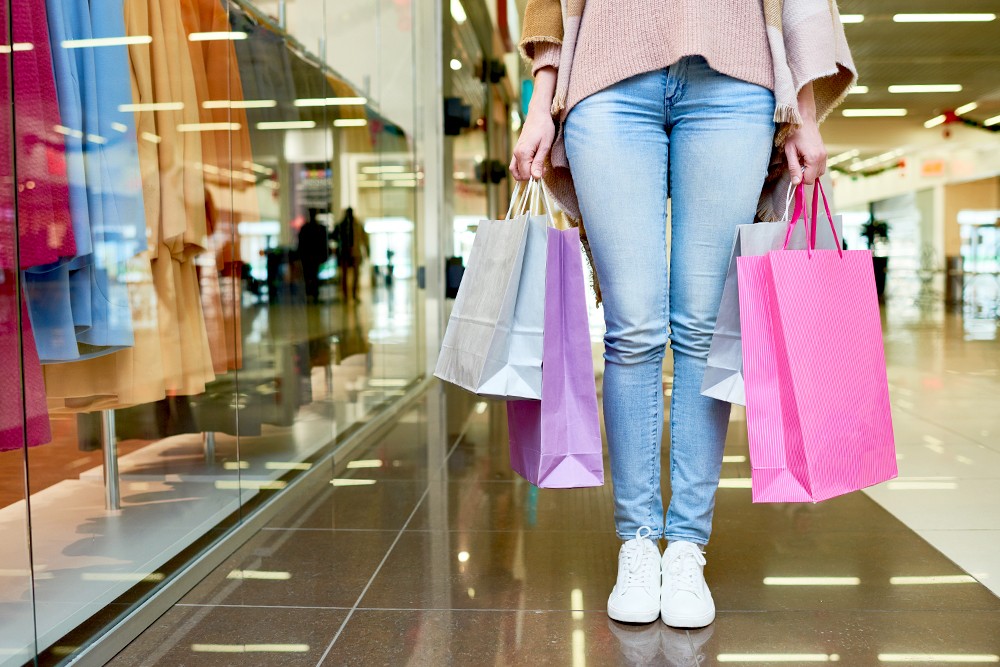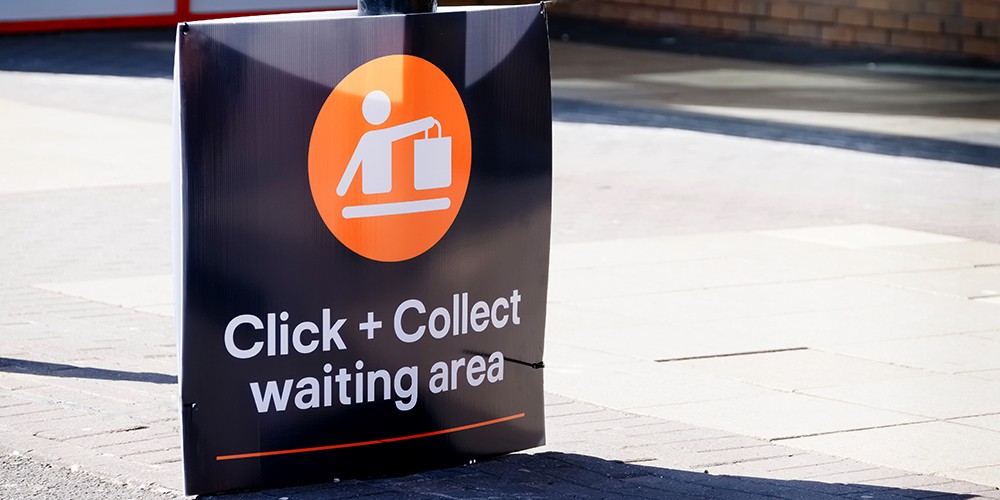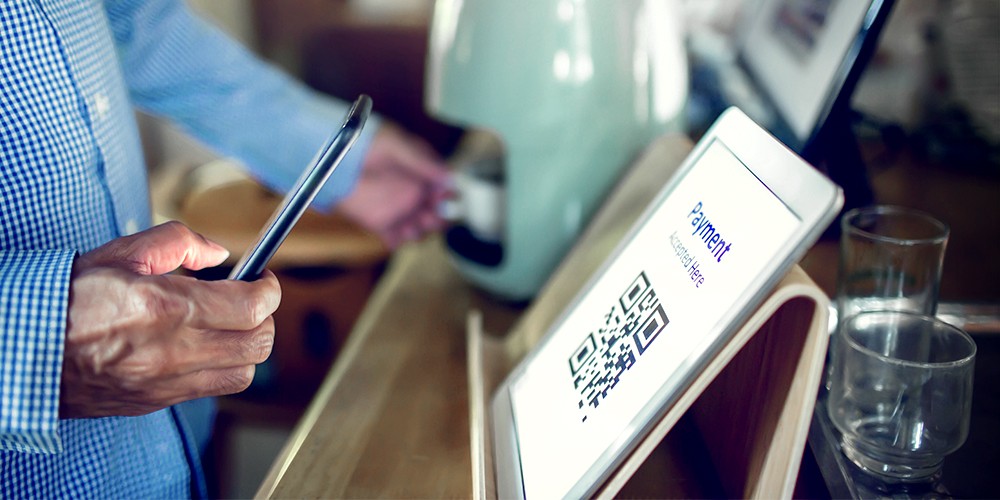
Shoppers seek to return to physical retail
A new study has revealed more than two-thirds of US shoppers are ready to return to the real-world retail environment, but nervousness remains in the wake of Covid-19.
The ‘September 2020 Shopper Sentiment’ survey by Mood Media indicates 68 per cent of US customers now feel either somewhat or very comfortable about entering physical stores, while 60 per cent say they have already returned to non-essential stores.
So how can retailers better accommodate consumers’ willingness to return to retail?
The general sentiment
US confidence in returning to real-world retail is slightly lower than the global average. While two-thirds of the 2000 US survey respondents indicate they’re ready to get back to the physical store, globally that figure is 71 per cent, while 67 per cent globally say they’ve already returned, compared to 60 per cent in the US.
Meanwhile, a sense of nervousness remains. Sixty per cent of US consumers hold fears they might catch the virus while shopping, compared to 49 per cent globally.
Security measures like plastic screens, sanitization, cashless shopping, and face mask protocols have been found to ease these concerns extensively. Eighty per cent of customers globally say these measures increase their confidence in the retail environment, with mask-wearing the strategy that alleviates their fears most.
Shopping habits shifted

While consumers might be returning to physical stores, their shopping habits have shifted, the survey notes. More and more consumers have become ‘mission shoppers’ who are keen to get in and out of the retail environment as quickly as possible.
In fact, 31 per cent of shoppers globally indicate they now spend less time and money in-store, while only three per cent indicate the time and cash they spend has increased.
And their perception of the customer experience has also changed.
“…of those who’ve shopped in a physical store since the pandemic hit, 65 per cent of US shoppers describe the Customer Experience as ‘not the same’, and 23 per cent describe it as so different that they’ll try to avoid returning soon,” the report explains.
So, what does this mean for US retail in the future?
Where to from here
Commenting on the survey, Mood Media Global Chief Marketing Officer, Scott Moore noted 49 per cent of shoppers globally continued to value real-world retail, specifically because of the ability to touch, feel and test products.
But opportunity now lies in the customer experience, he reflected.
“Those of us in the physical retail business must continue to think through every aspect, every step, of the Customer Experience and find ways to mitigate fear and assure safety along the way.
“We must take steps to help shoppers relax and help temper what they describe as a general nervousness. We must become their safety advocates,” he said.
Strategies he notes retailers can embrace include:
Signage and education
Whether its digital or physical signage, messaging assists by educating the customer about the steps taken by a brand to maintain a clean environment.
“We must ensure that shoppers actually see those cleaning practices taking place and see all employees taking shoppers’ concerns seriously,” he said.

Curbside pick-up and touchless checkouts
As part of recognising consumer concerns, strategies like curb-side pickup and touchless checkouts help eliminate the physical contact of retail and alleviate fears.
“If, for now, consumers want a more efficient in-and-out experience, let’s make sure we provide it to them. We can worry about ways to slow things down to encourage greater browsing and longer dwell times once we’re on the other side of this thing,” he noted.
“For now we must find ways to guide them to what they need faster, ways to get them through the payment process faster, ways to increase their comfort levels shopping in – and returning to – our places of business.”
Moments of joy
Mr Moore also suggested retailers should find ways to lighten the mood and embrace “small moments of joy” – through initiatives like soothing in-store music playlists or ensuring stores small crisp and clean.
“Sensorial elements still matter, perhaps more than ever,” he explained.
“We must explore opportunities for small “moments of joy” that make the shopping experience – and the shoppers’ spirits – a bit brighter. In our efforts to sterilize floors and surfaces, which are absolutely important, let’s be careful that the shopping experience itself doesn’t become sterile along the way.”
When normal returns
Finally, the survey explored the question of when shoppers believe their habits will return to normal, with 51 per cent of consumers globally predicting their shopping habits will return to normal by or before mid-2021, and half of these (25.5 per cent) expecting a return to normalcy by the end of 2020.
On the flip side, a small but significant 10 per cent of respondents indicated their shopping habits will never return to what they were pre-pandemic.
“The good news is that we will get past this. While consumers in our survey have differing views on precisely how quickly they think their shopping habits will return to a sense of ‘normal’, the overwhelming majority of shoppers believe we will get there,” Mr Moore said.
“The opportunity to step up and elevate the Customer Experience now can create a lifetime of customer loyalty. For ourselves and for our customers, may we all rise to the occasion.”


